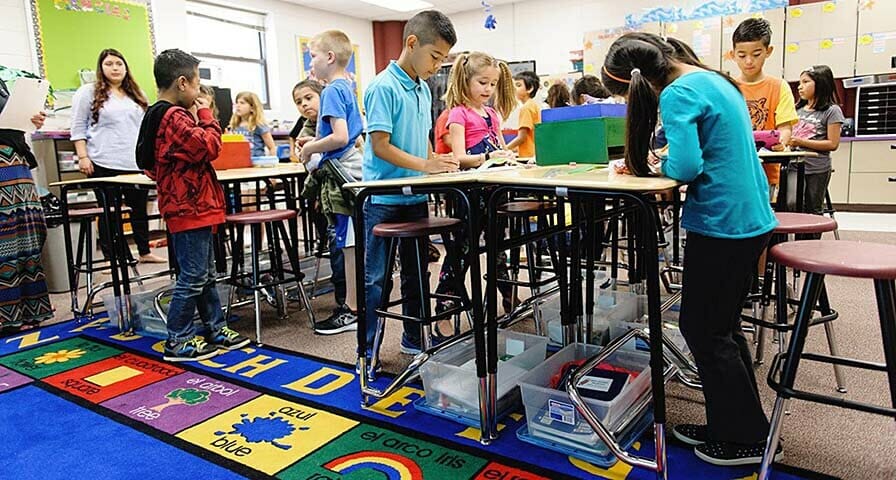Originally published May 3, 2018 by CNN.
By Kelly Wallace
A few years ago, when my girls were in the second and third grades, they raved about the dance breaks they would occasionally have during the school day.
Their teachers would put on a video, which encouraged the kids to get up and dance, and then they’d get back to work.
“What a brilliant idea,” I remember thinking at the time.
My kids’ teachers were certainly not alone. More teachers are incorporating some form of movement into the school day, especially as the research is pretty clear: Physical activity in school leads to better cognitive performance and fewer behavioral issues, not to mention cutting down on stress and anxiety.
Groups such as the National Association of Physical Literacy tout the importance of teaching kids to move while they’re young so that they will make movement part of their lives when they grow up.
It all seems like a no-brainer, especially as research shows that childhood obesity seems to be getting worse. As former first lady Michelle Obama advocated, let’s get our kids to move.
The challenge, though, is persuading school administrations to consistently make time for physical activity when they are pressed to meet stringent academic requirements and find the money to pay for some of the training.
Research: Physical activity benefits students
Just as our schools teach math literacy and reading literacy, they can teach physical literacy, teaching children the basics of movement so that they can stay active for life, said Susan Kamin, chief wellness officer for the National Association of Physical Literacy.
The for-profit association provides in-person and online training to teachers and communities and provides “BrainErgizer” videos, five-minute movement videos developed in conjunction with the University of Connecticut based on research on what stimulates the brain.
Dr. John Ratey, an associate clinical professor of psychiatry at Harvard Medical School, says activity breaks during the school day create better learners because of the impact of movement on the brain.
“When you move, you stimulate all the nerve cells that we use to think with, and when you stimulate those nerve cells, it gets them ready to do stuff,” said Ratey, an expert in neuropsychiatry and author of “Spark: The Revolutionary New Science of Exercise and the Brain”who has spent the past 30 years focusing on the “attention systems” of the brain.
“When you exercise, you turn on the attention systems, so that means you’re (paying) better attention, you’re able to deal with more frustration, you’re able to stay with it longer,” he said. “You’re able to manipulate information by turning … on the front part of our brain to make it work better, and that’s really key and important in terms of taking in information as well as performing with it.”
A recent study, a review of 26 previous studies looking at the impact of physical activity on academic performance, found that kids who get extra physical activity in school do better in reading and math.
The study, published in the journal Pediatrics, involved more than 10,000 children between the ages of 4 and 13. It found that physical activity, especially physical education, improves behavior in classrooms and is a boost to academic achievement, especially math-related skills and reading.
“The research shows that it leads to better cognitive function for kids so they’re going to have better results, academically,” Kamin said. “It’s also going to help with behavioral issues in the classroom because if kids are able to move, they’re not going to have so much excess energy. They’re going to be able to focus, and it’s going to solve a lot of the sort of interpersonal issues that come up with kids as well because they’re going to have an opportunity to get that energy out.”





